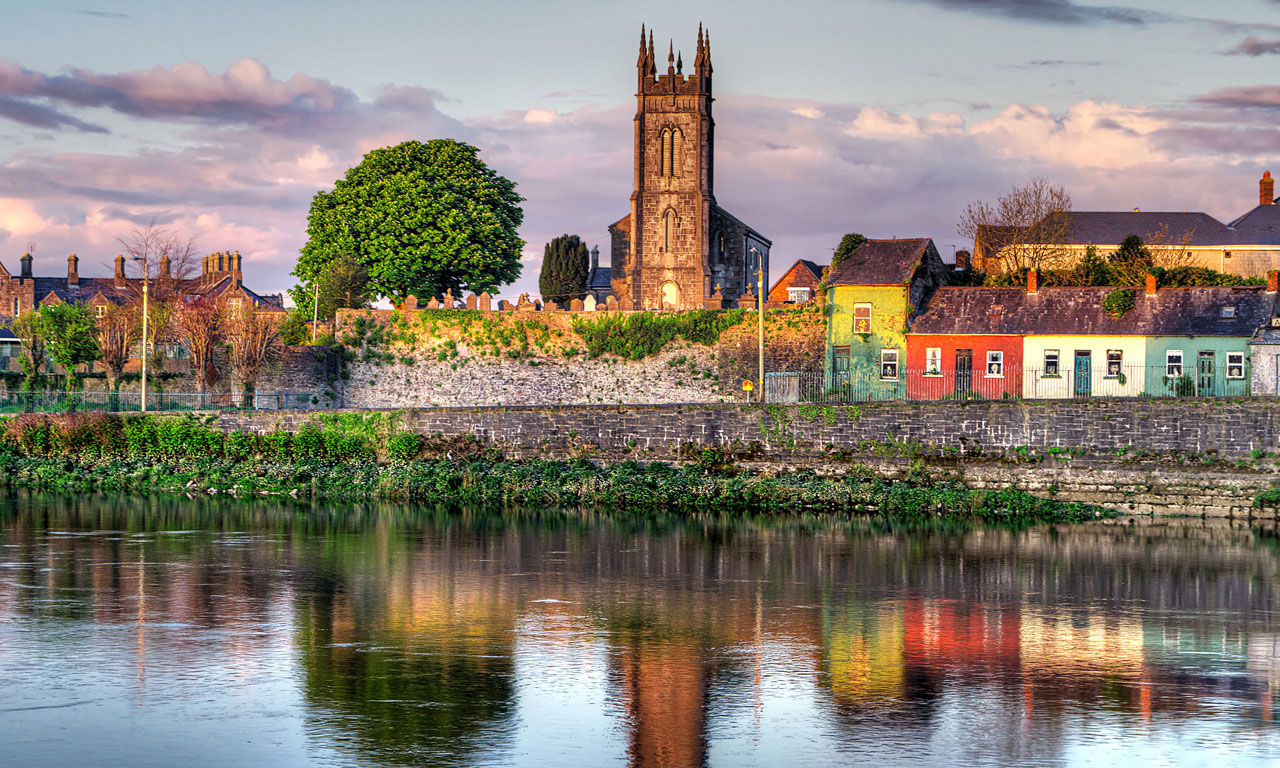City Specific Information
Dublin

Georgian elegance aside, Dublin mightn’t seem as sexy or as sultry as other European capitals, but Dubliners will tell you that pretty things are as easy to like as they are to forget. Their beloved capital, about which they can be brutally unsentimental, has personality, which is much more important and lasts far longer. Garrulous, amiable and witty, Dubliners at their ease are the greatest hosts of all, a charismatic bunch whose soul and sociability are so compelling and infectious that you mightn’t ever want to leave.
Dublin has been making waves since the 9th century, and while you may have to dig deep to find traces of its Viking past, the city’s rich history since then is in evidence all around you, from its medieval castle and cathedrals to the splendour of the 18th century, when Dublin was the most handsome Georgian city in the Empire and its magnificent public and private buildings reflected the elevated status of its most privileged burghers. How power was wrested from their hands is another story, and you’ll learn that one in its museums and on its walking tours
Read more on Lonely Planet
Galway

The largest city in the county to which it lends its name, Galway is often referred to as the ‘most Irish’ of Ireland’s cities; it’s only one where you’re likely to hear Irish spoken in the streets, shops, and pubs!
Steeped in history, for sure, but the city buzzes with a contemporary and cultured vibe as students make up a quarter of the population. Remnants of the medieval town walls lie between shops selling Aran sweaters, handcrafted Claddagh rings and stacks of second-hand and new books. Bridges arch over the salmon-stuffed River Corrib, and a long promenade leads to the seaside suburb of Salthill, on Galway Bay, the source of the area’s famous oysters.
Read more on Lonely Planet
Limerick

Limerick city straddles the Shannon’s broadening tidal stream, where the river swings west to join the Shannon Estuary. Following its tough past as narrated in Frank McCourt’s Angela’s Ashes, its medieval and Georgian architecture received a glitzy, glossy makeover during the Celtic Tiger era, but the economic downturn hit the city hard.
The city is rejuvenating again, however. Limerick was chosen as the country’s first-ever Irish City of Culture in 2014, has a recently renovated castle, a lively art museum and contemporary cafe culture to go with its uncompromised pubs, as well as locals who go out of their way to welcome you.
The city is compact enough to get around on foot or by bike. To walk across town from St Mary’s Cathedral to the train station takes about 15 minutes.
Read more about Limerick on Lonely Planet.
